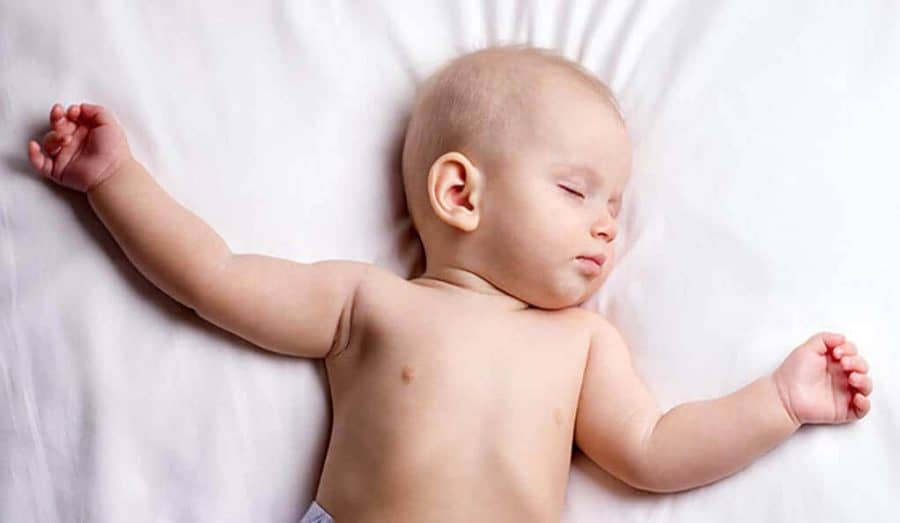The increasingly popular practice of ‘vaginal seeding’ — in which cesarean-delivered babies are immediately swabbed with the mother’s vaginal fluids — is declared unjustified and potentially unsafe in a new critical review of scientific literature. Differences between the bacteria and other microorganisms (microbiome) in cesarean- and vaginally born babies are thought to account for the greater risk of health problems suffered by cesarean-born babies in later life. However as outlined in the study, published in Frontiers in Medicine, this difference is most likely caused by antibiotics administered to mothers delivering by C-section rather than not being exposure to vaginal microbes. Breastfeeding duration, maternal obesity and age at birth can also account for microbiome differences.
“After reviewing the scientific evidence, we find no support for the ‘bacterial baptism’ hypothesis,” says Lisa Stinson, who completed this analysis at the Division of Obstetrics and Gynecology, The University of Western Australia. “While we know that cesarean delivery impacts the infant microbiome, it’s very unlikely these differences are caused by a lack of exposure to vaginal microbes at birth.”
Babies born by cesarean section are at greater risk of suffering from asthma, allergies, autoimmune disorders and obesity in later life, which in turn have been related to differences in a baby’s microbiome — the microorganisms associated with its skin, mouth, nose and gut.
“My research involves working with a lot of mothers who are delivering by C-section and some mothers show an interest in vaginal seeding after reading about it on the internet. Understandably, they want to give their babies the best start in life and on the surface this practice makes sense,” Stinson explains. “But there are certain risks, such as unintentionally transferring dangerous bacteria or viruses to the newborn, so we wanted to find out if these risks were justified.”
Stinson performed a thorough review of research detailing bacterial populations associated with newborns, how these change from when the baby is born, and whether there were differences associated with the mode of delivery or other factors such as antibiotic administration, breastfeeding and age at birth.
The story that emerged was complex: It’s not just as simple as passing through a vagina or not.
“If passage through the vagina seeded babies with vaginal bacteria, we would expect to find these bacteria in babies born this way, but this is not the case. Microbes thrown out of balance in babies born by C-section are very similar to those thrown off balance in babies born to mothers receiving antibiotics but delivering vaginally. It is likely that routine antibiotic administration given to mothers delivering by C-section is a major underlying problem,” explains Stinson.
“Mothers delivering by c-section are also more likely to be obese, have less breastfeeding success and give birth at an earlier gestational age, which can also account for differences in bacterial populations.”
Stinson found only one study had evaluated vaginal seeding — and this had failed to prove the effectiveness of the practice.
“Our review is useful to new mothers who are concerned about delivering by cesarean section. Hopefully it will make them think twice about vaginal seeding, a process that can potentially introduce dangerous infections. It is also useful for clinicians, as they can show there is a lack evidence to support this practice.”
Stinson hopes that future research will find ways to intervene early in life or even before birth, to optimize the development of good bacteria in newborns.
“Early life is a critical time for the development of our microbiomes and it can have long-lasting effects on our health. I’m looking forward to larger and more robust studies of the fetal and newborn microbiomes. We may yet find ways to manage our microbiomes for life-long health.”


